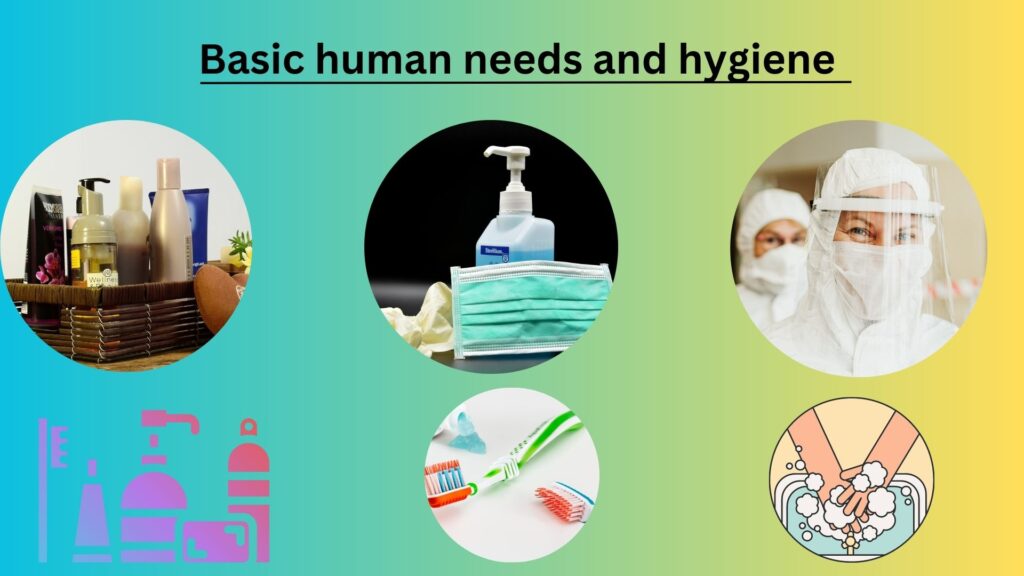Basic human needs and hygiene
Basic Human Needs :
The basic human needs are:
- Food
- Cloth
- Residence
- Education
- Medical Support.
Implementation of equitable distribution of health resources (Basic human needs) :
- Health care should be equitably distributed. That means health services must be shared equally by all people respective of the ability to pay and all (rich, poor urban or rural) must have access to health services In Bangladesh health care is delivered all over the places by the government because the most vulnerable groups are urban slums and the rural people. The aim of primary health care is to shift the center of gravity of the health care system from cities to the rural areas (where three quarter of the people lives) and bring these services as near people’s homes as possible.
Public health emergency :
Any incidence which causes break down of public health by any means is called public health emergency. Public health emergency varies from country to country according to the socio-economic conditions of that country. As for example, if a single case of cholera is found in USA that is the public health emergency for USA.
Examples of Public health emergency :
- Any epidemic outbreak Natural calamities,
- Le cyclone, flood etc.
- Accidents e.g ; serious road transport accident.
Hygiene

Hygiene: The word “hygiene is derived from Hygeia (The goddess of health in Greek mythology).
It is defined as the science of health and embraces all factors which contribute to healthful living”
Great sanitary awakening is a historic milestone in the evolution of medicine”- discuss :
Great sanitary awakening is a historic milestone in the evolution of medicine” which took place in England in the mid-nineteenth century and gradually spread to other countries. It had a tremendous impact modifying the behaviour of people and ushering an era of public health. The industrial revolution of the 18th century sparked off numerous problems-
- Creation of slums.
- Overcrowding with all its ill effects.
- Accumulation of filth in cities & towns
- High sickness & death rates especially among women & children.
- Infectious diseases like TB,
- Industrial & social problems.
These deteriorate the health of people to the lowest ebb. The mean age at death in London was reported to be 44 years for the gentry and professionals and 22 years for working class in 1842. Add to this, the frequent visitations of cholera compounded the misery of the people.
The great cholera epidemic of 1882 led Edwin Chadwick, a lawyer in England to investigate the health of the inhabitants of the large towns with a view to improve the conditions under they lived
Chadwick’s report on “The Sanitary Conditions of the labouring population in Great Britain, a landmark in the history of public health, set London & other cities slowly to improve housing and working conditions. His report focused the attention of the people and government on the urgent need to improve public health. Filth was recognized as man’s great enemy and this began an anti filth crusade. “great sanitary awakening” which led to the enactment of the Public health

Nice read, I just passed this onto a colleague who was doing some research on that. And he just bought me lunch as I found it for him smile So let me rephrase that: Thank you for lunch!